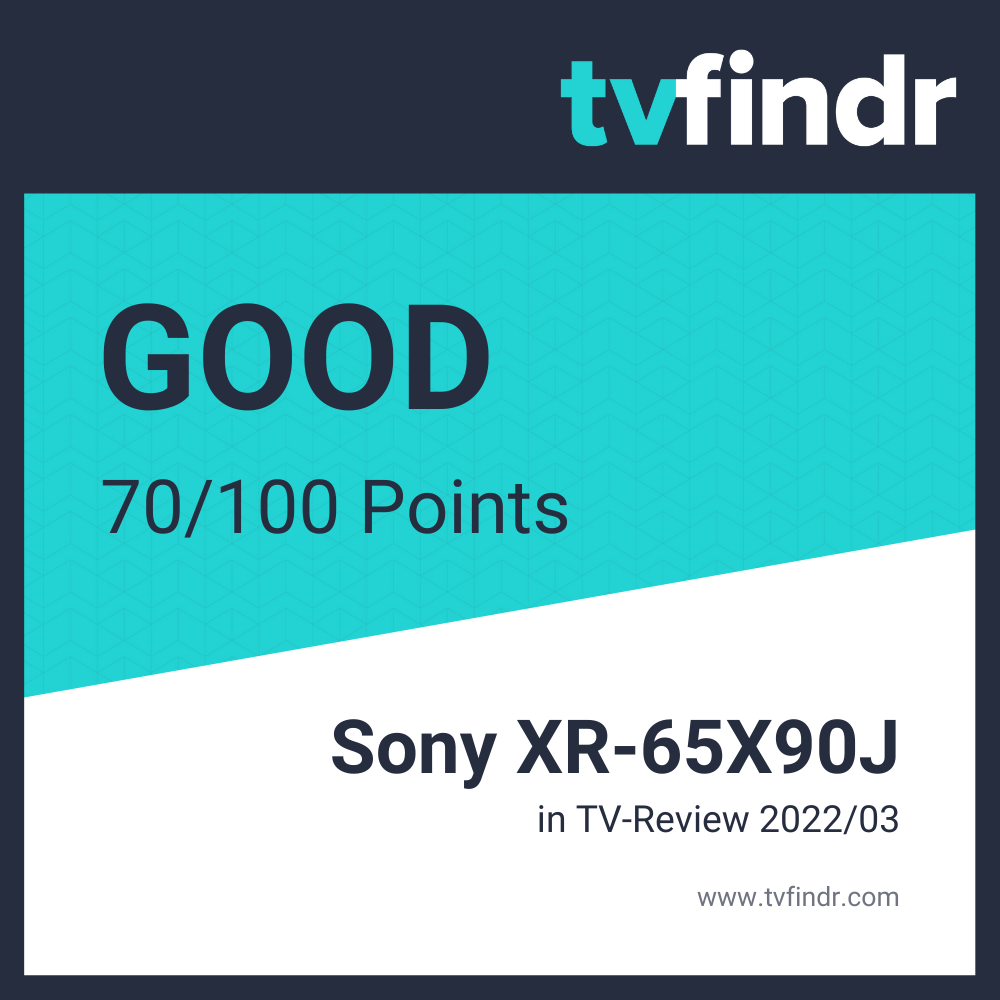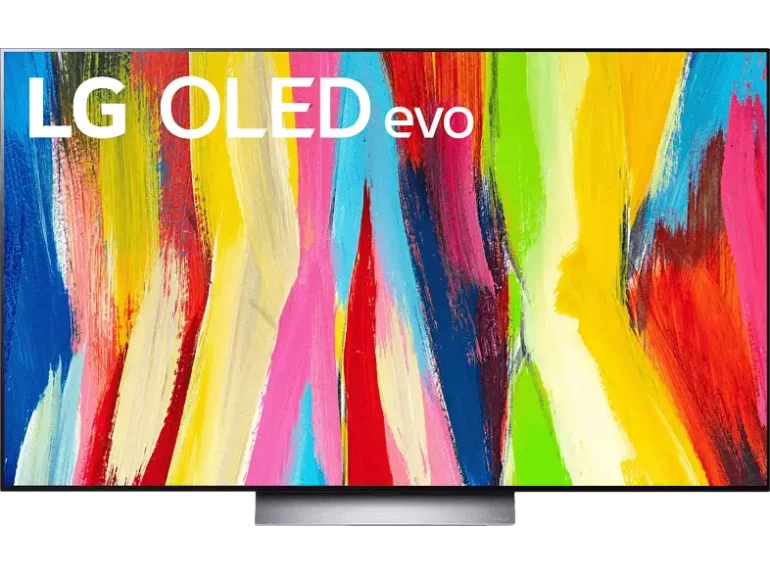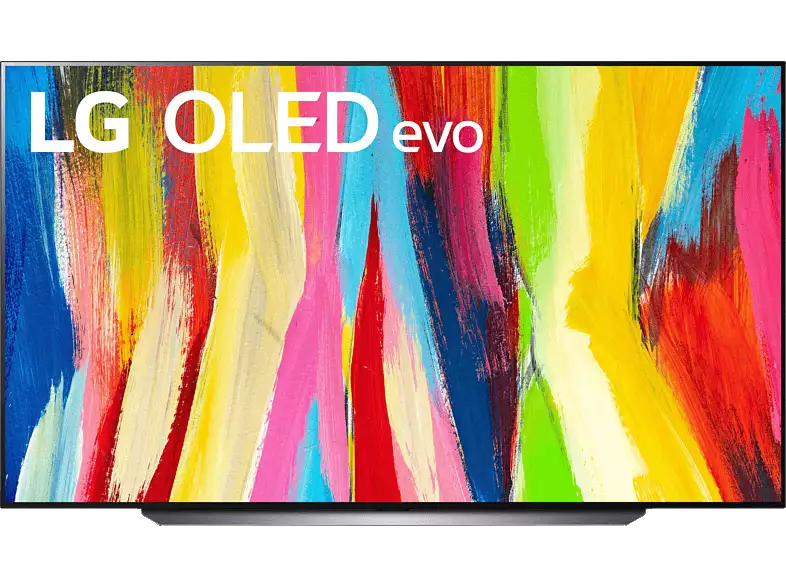Sony X90J vs Hisense U8G TV comparison 2021/11


Hey! If you buy through our links, you support our project. It won't cost you a cent more! Many thanks in advance! ♥️
Sony X90J and Hisense U8G compared – Which TV is better?
Detailed comparison: Sony X90J or Hisense U8G
One outshines the other
Already in the first category, you notice that one TV has more power than the other. In a direct comparison — Sony X90J vs Hisense U8G — the U8G simply has the better or higher values.
That is why it simply scores better in terms of reflection handling — due to the higher peak brightness. The Sony TV should also only have problems with this when it is very bright, so if this is the case in your living room, then a look at the U8G is certainly recommended.

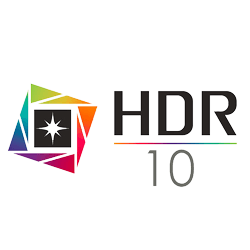





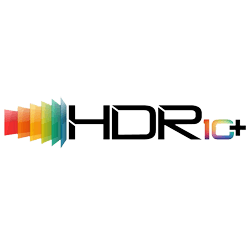

The typical problem with VA panels
Now let’s look at the biggest weakness of both TVs: the viewing angle.
In fact, both only have a very limited viewing angle, at which the picture does not lose image quality. This is due to the VAVertical Alignment, type of LCD Panel panels of both TVs.
This is important if you want to watch the TV with several people or if you have a very wide seating area where you look at the TV at an angle, when you sit at the side.
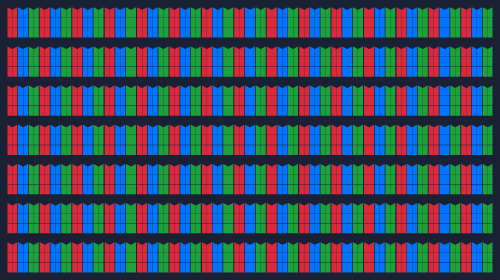





It depends on the taste
When it comes to SDRStandard Dynamic Range – image/video with a conventional gamma curve (opposite: HDR) – “normal” videos picture quality, things start to get tricky, because while the Hisense TV has the higher values, that doesn’t include factors like the better image processing of the X90J. So while at first glance it looks like the U8G is simply better, that may be a fallacy for many viewers.
Roughly speaking, the Hisense can definitely provide the brighter and more colorful picture because it has more power, but if you prefer a natural picture, the X90J is the right choice.




Fewer difference than SDR
It is the same with HDRHigh Dynamic Range – image/video with more dynamic range (contrast range) image quality as with SDRStandard Dynamic Range – image/video with a conventional gamma curve (opposite: HDR) – “normal” videos. The Hisense has more raw power which allows it to achieve higher scores. However, even though the X90J has less contrast, brightness and color space, the better image processing. So it comes down to subjective taste which TV looks better, even more so than with regular SDR-Content.
One feature the X90J lacks that the U8G has is HDR10+License-free, dynamic HDR-format in competition with Dolby Vision.











Cinematic performance on both TVs
For regular series and movies, we think the X90J is better recommended, but that’s the point, we prefer a natural image processing over a bright and colorful image and for you that doesn’t have to be the case. So depending on preference, both perform differently.
However, both TVs make for great movie nights, with only popcorn missing to create a true cinematic atmosphere.



Only on the PS5 or also XBOX?
You can already see it, the Hisense once again has the clearly higher rating. This time, it’s about gaming and the U8G scores better here because it has VRRVariable Refresh Rate – synchronizes the display’s refresh rate with the output refresh rate of the graphics card and a real Auto Low Latency Mode. The X90J unfortunately doesn’t have VRR and a real ALLMAuto Low Latency Mode – Automatically detects connected consoles and keeps input lag as low as possible. yet, but they are supposed to be added with an update and the Sony TV already has an ALLM specifically for the PS5.
It is also important to mention that the PS5 itself does not have VRR yet, so there are no restrictions if you play on the Sony console. So for Xbox Series X gamers, there may be advantages to choosing the Hisense U8G, but this should only bother the most experienced gamers.




Good sports performance, but limited viewing angles
There’s not much to say on the subject of sports performance. The response time is equally short and the picture quality should be just as good with both.
Thus, the next sporting event can come, but you have to keep in mind that there can be problems with both TVs if you want to watch with several people at the same time. Unfortunately, this is the toll you have to take on a VAVertical Alignment, type of LCD Panel panel.
Google TV vs Android 10
The two TVs only differ from each other to a limited extent in terms of smart TV features. The operating system of the Sony X90J is Google TV, which is actually just Andoid 10 in a new guise, and only the way the interface of The TV is designed has changed.
So both have the Google Play Store with a huge selection of downloadable apps, and they always run smoothly on both.
An advantage for Apple users: The Sony X90J has Apple Airplay and Apple Homekit is also available.
And for those who still like to use it, the X90J has a Twin Tuner instead of a Single Tuner like the Hisense U8G, so you can watch one channel and record another on the Sony TV at the same time.



integriert

kompatibel



integriert

kompatibel
Our conclusion:Image processing vs. raw power
It is really difficult to make a recommendation here, because it depends even more than usual on the personal situation, but also on one’s own preference. I personally find the natural picture of the X90J more appealing and the advantages, such as the higher brightness of the U8G, are not noticeable in darkened rooms.
If you want a more color-intensive picture, or have problems with reflections in general, you should go for the U8g.
One recommendation I can definitely give at the moment is that the Hisense TV is recommended if you want to take full advantage of not only the PS5 like the X90J, but also the XBOX Series X.
